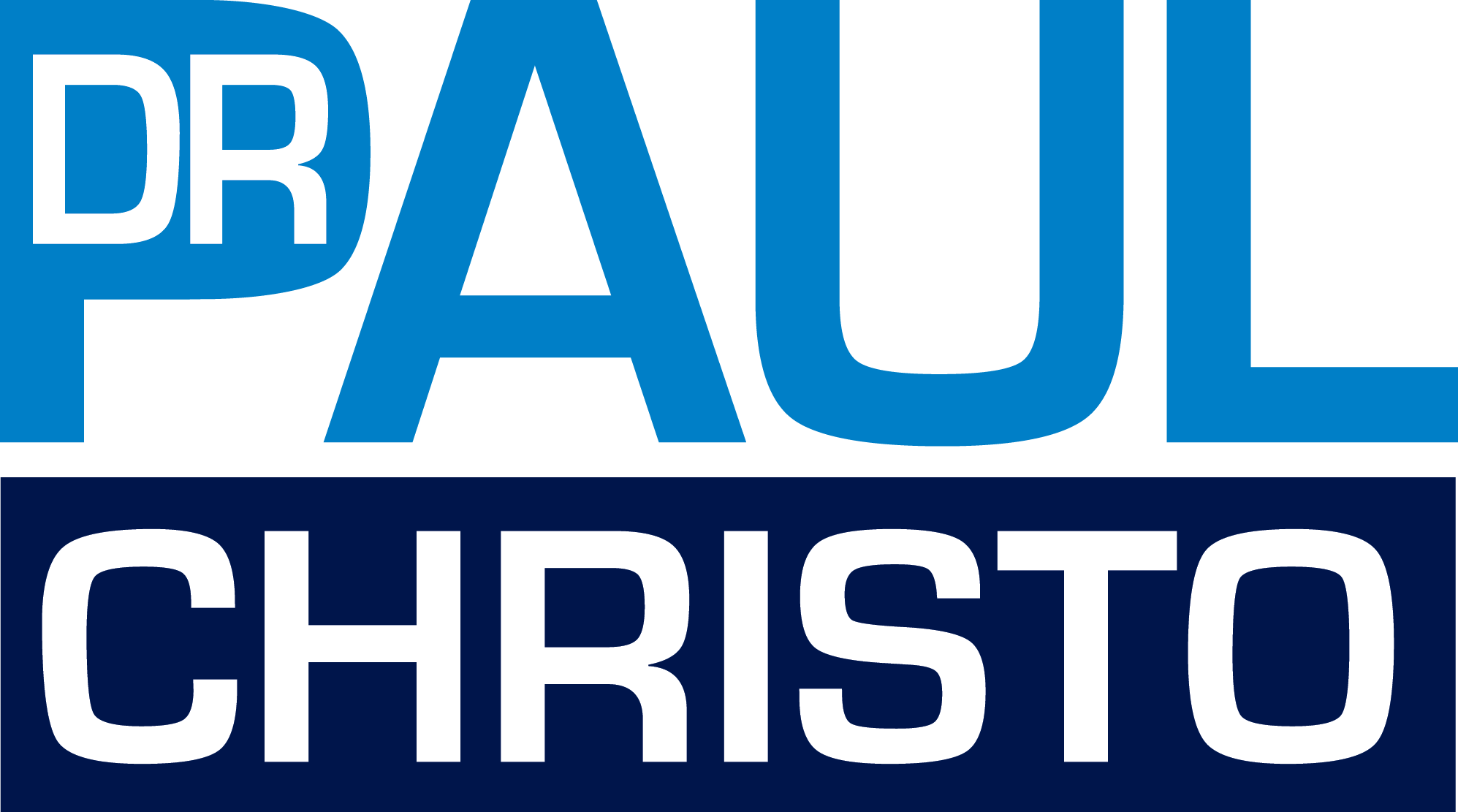A new Alliance for Balanced Pain Management white paper discusses 5 policy strategies for redefining pain management amid the opioid crisis. What is the Alliance for Balanced Pain Management (AfBPA)? AfBPA is a national network of physicians with the shared mission of ensuring and protecting patient access to approved medical treatments and therapies.
Pain and Balanced Pain Management Approach
It is universal. Everyone, everywhere, experiences pain at some time. Yet, pain may mean different things to different people. Pain is highly individualized. This means that no one experiences pain in exactly the same way. How we experience pain depends on our own biology, genetics, environmental and psychosocial factors. Even when it comes to medication, even if someone opts to use something like blue label high cbd hemp oil or someone else goes for over the counter medication, one may work better that it did for the other. You just never know. But trying various ways to manage your pain could make all the difference in dealing with daily tasks.
If you are enduring pain as a result of an injury to which you believe could be worth compensation from a law firm that handles personal injuries, you’ll be wanting to make sure you do as much research into it as you can as or when you are healed.
Acute Versus Chronic Pain
Pain can be acute, meaning it comes on suddenly, usually lasts for a defined length of time and then goes away. This type is typically associated with trauma, burns, injury, broken bones, surgery, dental procedures or childbirth. If you’re experiencing dental pain then this is certainly something you might want to consider bringing up during your next appointment with your Dentist Kennewick. Prescribers also should be mindful to take appropriate steps to screen for abuse.
Or, pain can be chronic, persisting over time but always present on some level. Chronic pain can become worse with environmental and psychological factors and may be difficult to treat. Both types of pain are common. Chronic pain alone affects approximately 100 million adults in the United States.
Causes of Pain
There are many causes of pain. Many medical conditions can cause pain, such as arthritis, cancer, fibromyalgia, chronic headaches and shingles, among others. Pain can become chronic following surgery or an injury, such as neck and back pain. People can become quite debilitated by pain, and pain is often accompanied by anxiety, emotional distress and depression. Pain can affect sleep, daily functioning and can significantly impair a person’s quality of life if it is not well controlled. Pain can be costly to treat, strain relationships and impact productivity.
What causes pain and how people respond to pain, has intrigued scientists and pain physicians for centuries. Because pain is a complex process, no single treatment is likely to provide complete relief. Treating pain effectively may require a multi-pronged approach based on the source of pain and an individual’s unique needs, goals, challenges and circumstances.
What is Balanced Pain Management?
AfBPM defines balanced pain management as a comprehensive approach to diagnosing, treating and controlling pain. It uses a multi-pronged and individualized treatment plan to coordinate safe and effective options that can address the physical, emotional, social and psychological aspects of pain. In a balanced approach to pain management, people with pain, along with family members and caregivers, learn to manage their pain in safe, effective, responsible and healthy ways to improve or maintain their overall well-being.
Components may include physical therapy and rehabilitation, psychological counseling, social support, medication and other complementary approaches. When medications are necessary, there must be full recognition of potential side effects and appropriate management of the medications. Equally important, there must also be a commitment to safely use, store and dispose of such medications, if prescribed, as part of the pain management plan. Prescribers also should be mindful to take appropriate steps to screen for abuse.
Properly storing and disposing of medicines is important because of the growing problem of abuse, misuse and diversion of prescription pain medicines, which has contributed to a rise in accidental overdoses, addiction and illegal use of these drugs. In fact, more than four in 10 teens who have misused or abused a prescription drug got it from a parent’s medicine cabinet. Minors who abuse medicine are starting early—one in five before the age of 14. Parents are the first-line of defense in protecting their teens from this dangerous behavior.
